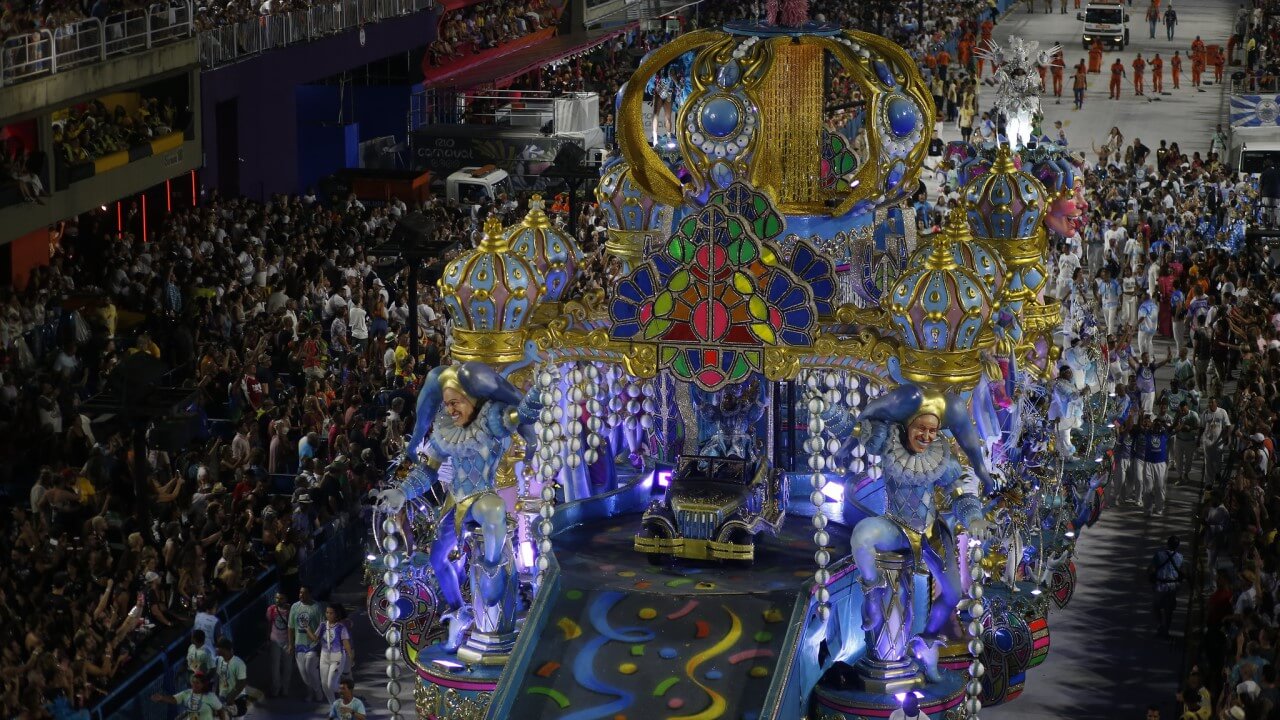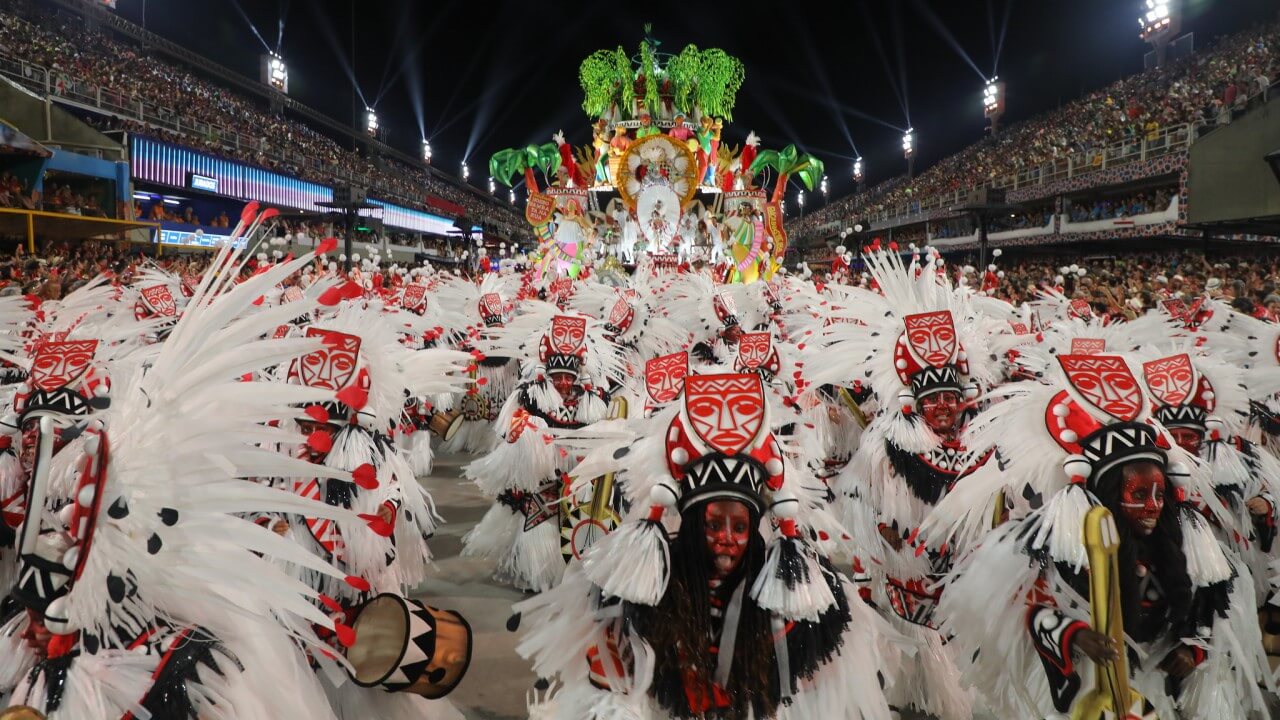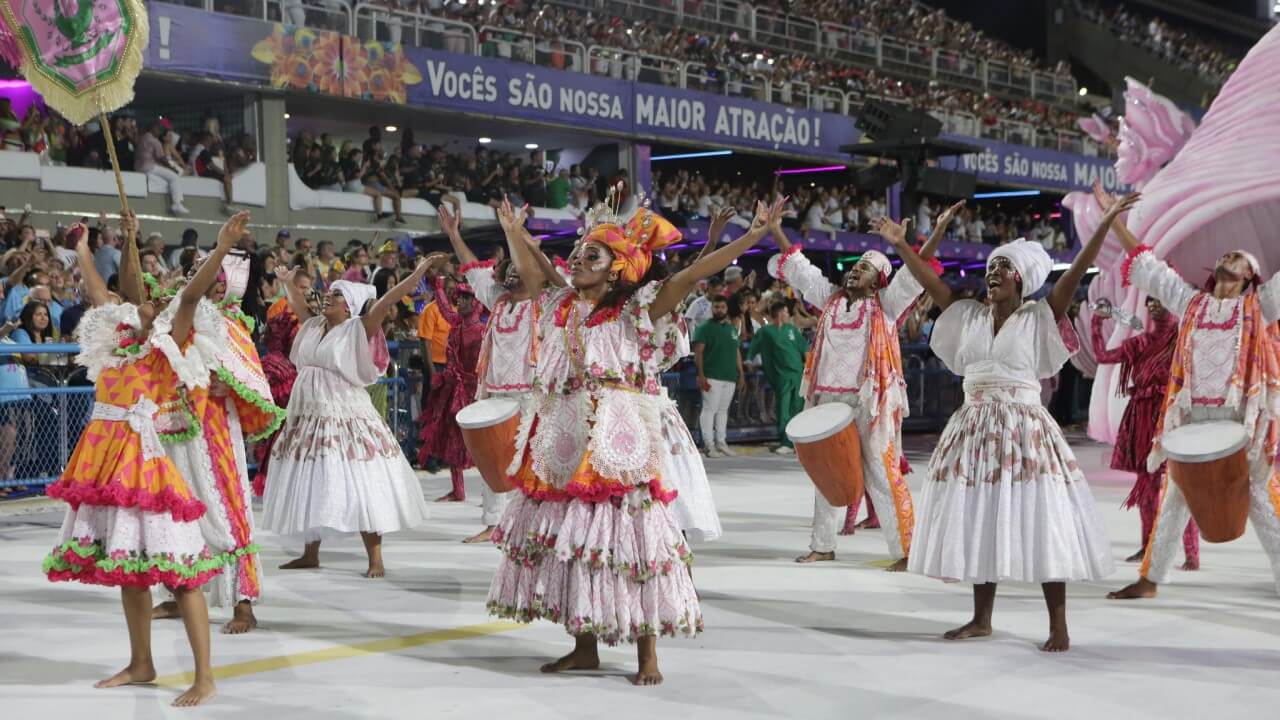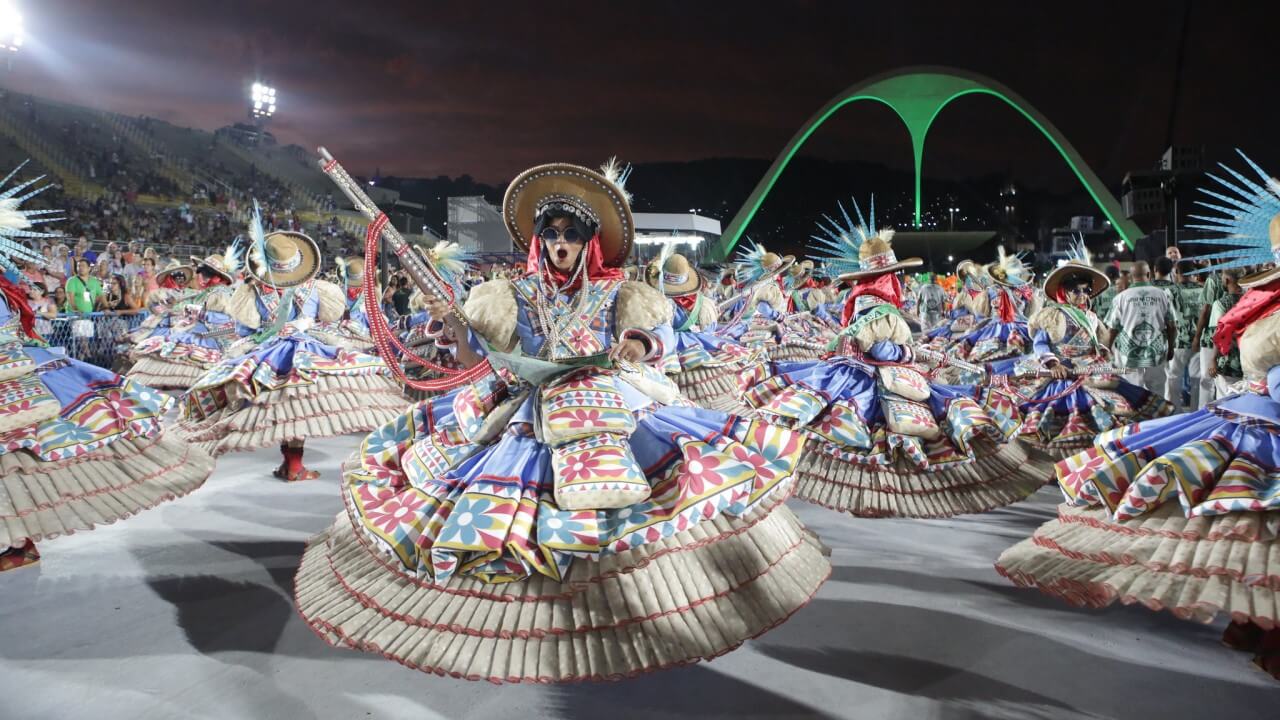
History of Carnival
Carnival originally was a Greek spring festival - Did you know?
According to some, the carnival was originally a Greek spring festival in honor of the god of wine, Dionysus. The Romans adopted the same tradition with a feast in honor of Bacchus, the Roman god of wine, and Saturnalia. On this day master and slaves exchanged clothes amidst a day full of drunken revelry.
The Roman Catholic Church later modified the feast of Saturnalia into a festival preceding the beginning of Lent. However, what evolved is a mass celebration of indulgences in music, dance, food, and drink, something which the church did not have in mind.

A Wet and Unruly Beginning
Carnival festivities in Brazil date back to 1723 with the Portuguese immigrants from the islands of Açores, Madeira and Cabo Verde introducing the Entrudo. People went out onto the streets soaking each other with buckets of water and threw mud and food, which often ended up in street brawls and riots.
The concepts kept changing throughout the 1800s with more organized parades like the grandes sociedades or great societies where the Emperor joined in the celebrations with a group of aristocrats that paraded in masks with luxurious costumes and music.During the 1840s, masquerade carnival balls set to polkas and waltzes became popular.

A decade later, street parades with horse drawn floats and military bands were the center of focus of the carnival. Towards the end of the century, the carnival became a working class festivity where people wore costumes and joined the parade accompanied by musicians playing string instruments and flutes. Carnival was also used during the years of military censorship to express political dissatisfaction.
The Samba Schools would use irony and sarcasm to express their displeasure with the government and the people’s desire for freedom.
Buy HERE your Carnival Tickets
Afro-Brazilian Magic
None can be more musically gifted than the Africans, who passed on the pulsating rhythms of the samba to the Brazilians during the days of slavery. The samba is an eclectic mix of music, song, and dance styles that Afro-Brazilians brought with them to the impoverished slums surrounding Rio after the abolition of slavery in 1888. It wasn’t until 1917 that the samba became an integral part of the Rio Carnival.
Today, Samba is a true component of Brazil’s cultural heritage. From the poorest slums to the richest haciendas, samba spread quickly through the city. Even today, samba is sung in the ghetto shack as well as the high-class mansions and truly brings the Brazilian people together regardless of economic class. samba lies at the heart of the Carioca culture.

Emerging Samba Schools
The first escolas de samba or samba school to be formed was Mangueira, in 1928. Soon theme songs, elaborate costumes, and floats became the main attraction of the Rio Carnival. Many other teams from different communities in the Rio neighborhood followed Mangueira’s footsteps and formed samba schools to take part in the Carnival.
The samba parade soon became the most popular event in Rio with the organizers being forced to set a time limit for each team in 1971. The streets of Rio remained the main stage for the Carnival until 1984, when the Sambadrome, built by world famous architect, Oscar Niemeyer, began to steal the thunder.
Many of the current samba schools have their roots in the original schools of the 20’s and 30’s. Each school has had its success and failures as the years and the competitions have gone on. Some of the best-known samba schools are Unidos da Tijuca, Beija Flor, Salgueiro, Mangueira, Mocidade and Portela.

It's Carnival Time
Enjoy specials deals for Rio Carnival 2025
